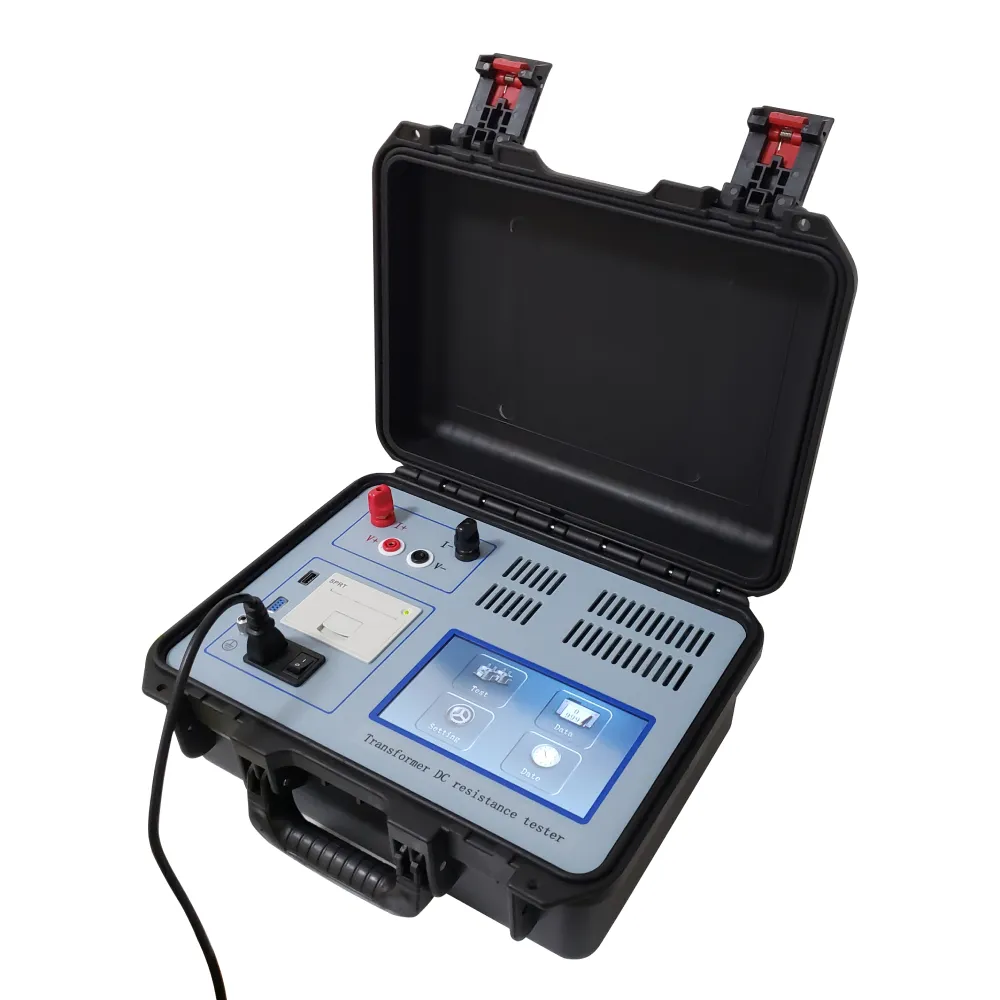 English
English


earth fault loop tester
Understanding Earth Fault Loop Testers Essential Tools for Electrical Safety
In the realm of electrical safety, ensuring that systems can withstand faults is paramount. Electrical faults can lead to hazardous situations, including electric shocks and fires. One critical tool used by electricians and electrical engineers to assess the integrity of electrical installations is the Earth Fault Loop Tester. This article will explore the purpose, operation, and importance of this essential device.
What is an Earth Fault Loop Tester?
An Earth Fault Loop Tester is a specialized instrument designed to measure the earth fault loop impedance of electrical systems. It helps ensure that protective devices, such as circuit breakers and residual current devices (RCDs), will operate correctly under fault conditions. The tester evaluates the loop formed by the earth, the supply source, and the protective device, providing vital information about the effectiveness of the earthing system.
How Does It Work?
The operation of an Earth Fault Loop Tester is relatively straightforward, despite the complexity involved in the underlying electrical principles. When the tester is connected to the electrical circuit, it sends a small current through the earth fault loop. The device measures the voltage drop that occurs during this process and uses Ohm's law (V = I * R) to calculate the loop impedance.
A lower loop impedance indicates that the protective devices will trip quickly during a fault condition, which is crucial for minimizing the risk of electric shock or fire. Conversely, a higher loop impedance suggests that protective devices may not operate as expected, potentially leading to dangerous situations.
Importance of Earth Fault Loop Testing
earth fault loop tester

1. Safety Compliance One of the most pressing reasons for conducting earth fault loop tests is to comply with electrical safety regulations and standards. Numerous codes around the world, including the National Electrical Code (NEC) and the International Electrotechnical Commission (IEC) standards, mandate regular testing of electrical installations to ensure safety.
2. Preventing Electric Shock By effectively validating the integrity of grounding systems, earth fault loop testing helps prevent electric shock incidents. The tester ensures that, in the event of a fault, the electrical energy has a safe path to the ground, limiting the current passing through a person's body.
3. Detecting Faults and Anomalies The testing process can reveal various issues within an electrical installation, such as loose connections, corroded wires, or improper earthing. Early detection of these problems can prevent costly repairs and enhance the reliability of electrical systems.
4. Ensuring Equipment Protection Earth fault loop testers play a critical role in safeguarding appliances and machinery. By ensuring that protective devices operate effectively in fault conditions, they help avoid damage to equipment and prolong its lifespan.
5. Enhanced Risk Assessment For facilities that undergo extensive electrical work, routine earth fault loop testing contributes to comprehensive risk assessments. This practice helps identify areas that may require upgrades or additional safety measures, thereby enhancing the overall safety culture within an organization.
Conclusion
The Earth Fault Loop Tester is an invaluable tool in the electrical industry, providing essential insights into the safety and reliability of electrical installations. By measuring earth fault loop impedance, electricians and engineers can ensure that protective devices function effectively, significantly reducing the risks associated with electrical faults.
When it comes to maintaining a safe electrical environment, regular testing using an Earth Fault Loop Tester should be a priority for both residential and commercial installations. With proper adherence to safety standards and proactive maintenance, we can create safer living and working spaces, ultimately safeguarding lives and property against the hazards of electrical faults. The importance of investing in quality testing tools and knowledge in their application cannot be overstated, as they are fundamental to our modern electrical infrastructure's safety and reliability.
-
Differences between open cup flash point tester and closed cup flash point testerNewsOct.31,2024
-
The Reliable Load Tap ChangerNewsOct.23,2024
-
The Essential Guide to Hipot TestersNewsOct.23,2024
-
The Digital Insulation TesterNewsOct.23,2024
-
The Best Earth Loop Impedance Tester for SaleNewsOct.23,2024
-
Tan Delta Tester--The Essential Tool for Electrical Insulation TestingNewsOct.23,2024





